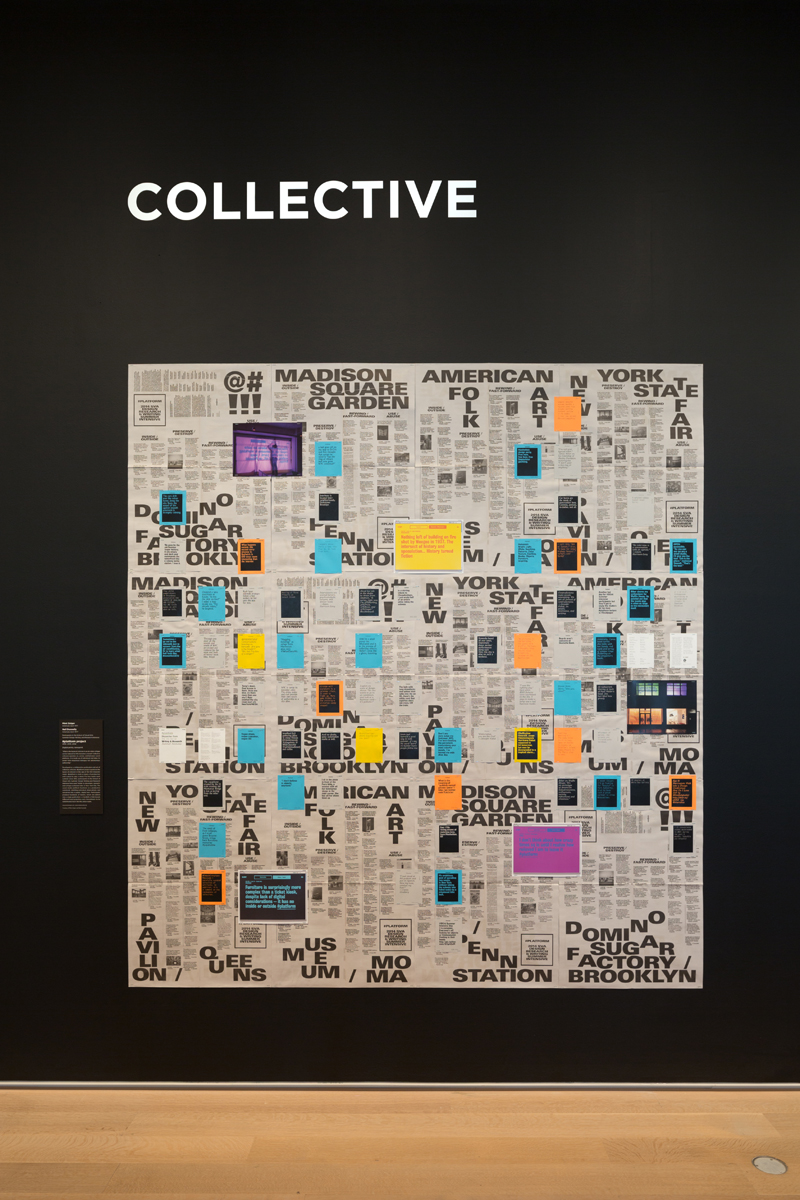On Saturday, October 22, from 11am-3pm, the Architecture Lobby will host a “Think-In” at UCLA, where invited panelists and a professional facilitator will critically debate and discuss topics most integral to the aims of the Architecture Lobby, including: architecture labor and labor rights, the pros/cons of professionalization, the perceptions of architects within the media, and emerging pedagogical models. The Think-In is free and open to the public, and all interested students, academics, or practitioners are strongly encouraged to join the discussion.
Panelists:
Frances Anderton, KCRW (DnA, Design and Architecture)
Wil Carson, 64North, UCLA
Peggy Deamer, Yale University and The Architecture Lobby
Jia Gu, Materials & Applications, The Architecture Lobby
Tia Koonse, UCLA Labor Center
Elizabeth Timme, LA-Más
Mimi Zeiger, critic and curator, Art Center College of Design, The Architecture Lobby
Peter Zellner, ZELLNERandCompany, USC, Free School of Architecture
Facilitator: Nancy Alexander
